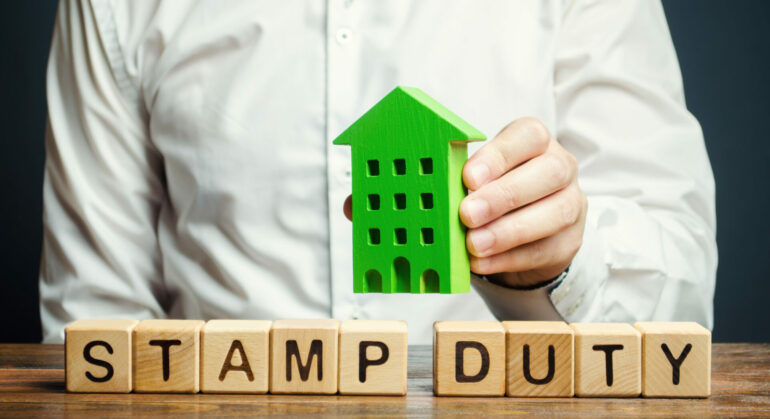Homebuyers in 99% of local authorities in England will face a Stamp Duty Land Tax (SDLT) increase starting in April, according to research by Regency Living.
With no extension granted by the Government during the recent Autumn Statement, homebuyers in 67% of these authorities will see the maximum increase of £2,500.
Currently, homebuyers pay no SDLT on properties up to £250,000, with rates of 5% on the portion of house prices between £250,001 and £925,000, 10% between £925,001 and £1.5m, and 12% on anything over £1.5m.
First-time buyers, however, benefit from higher thresholds, paying no SDLT on purchases up to £425,000.
Starting in April, the SDLT relief threshold will revert, meaning existing homebuyers will again pay 2% on properties valued between £125,000 and £250,000.
This change means those purchasing homes for £250,000 or more will face the increased cost of £2,500.
Buyers of properties below £250,000 will see an additional 2% on what exceeds the £125,000 threshold.
Research found that in 67% of local authorities, average house prices were above £250,000, leading to the maximum SDLT increase.
Areas with average prices between £125,000 and £250,000 will have SDLT increases ranging from £37 in Hyndburn to £2,483 in Torbay.
Only Burnley had an average home price low enough to remain exempt from SDLT, at £112,640.
Tim Simmons, sales and marketing director at Regency Living, said: “Homebuyers across the nation will be understandably disappointed to see that no extension to current stamp duty relief thresholds was granted in this week’s Autumn Statement.
“The good news is that, for first-time buyers, purchasing a home at £300,000 or less will still see them pay no stamp duty, however, it’s existing homebuyers who are likely to be hit with the largest increase in costs when it comes to purchasing.”
Simmons added: “For many, this increase will be £2,500 and will see the average existing homebuyer across England paying £5,500 in stamp duty.
“However, this climbs north of £10,000 in 55 local authorities and as high as £58,000 in the most expensive areas of the market.
“Whilst having a foot on the ladder does put them at an advantage to some extent, stamp duty remains a substantial financial barrier that delays homebuyers at all rungs of the ladder.
“It’s hardly surprising that one of the biggest draws of the residential park home sector is the fact that park home buyers don’t pay any stamp duty on their purchase.
“So not only do the majority benefit from releasing equity in their bricks and mortar home, but they also face lower costs when purchasing, putting them in a great position financially.”




